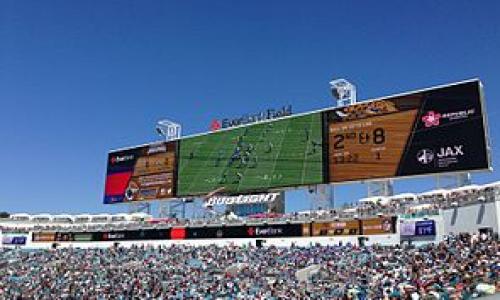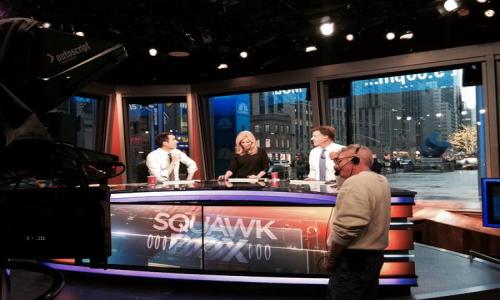For the first time in over two years, the average rates on three and five year CDs rose in the past three weeks. This is both momentous in the savings world, and a yawn. First, the momentous part. Over the past month, bond and mortgage rates soared as the economy seemed to gain some speed and Fed Chairman Ben Bernanke hinted that the Fed, at some later date, might begin to scale back the Fed's purchase of treasuries and mortgage backed securities. Since May, the average rate on a 30 year fixed rate mortgage have risen from 3.770% to 4.547.%. During this period, the relentless rate of savings and CD rate declines began to slow. Then, on July 1, rates on the 60 year CD increased from 1.049% APY to 1.051% APY. They increased the following weak to 1.052% APY and then held steady this weak. Great, rates are finally increasing, right?
Yes, but hold the Champagne. First, the increases are pretty minimal - 3 basis points in total. That's almost insignificant. Secondly, Mr. Bernanke has done everything since the spike in rates to reverse direction and try to talk rates down again, even stating that the Fed may not lower rates even if unemployment hits its target rate of 6.5%. I don't expect to see any significant increase in savings or CD rates for the time being and long term CD terms may even continue the decline soon unless the economy shows more signs of life.
Top Rate Recap
During this period, top savings and CD rates stayed pretty much status quo.
- Online Savings: AmTrust Direct retains the top spot at 1.05% APY.
- 1 Year CD: GE Capital Retail Bank holds the top spot at 1.05% APY.
- 3 Year CD: Barclays Bank Delaware has the best rate with a 1.35% APY. CIT cut their rate from 1.35% APY to 1.30% APY.
- 5 Year CD: Barclays Bank Delaware, and CIT Bank offer 1.75% APY.
- Rewards Checking: Hope Credit Union and Money One Federal Credit Union both have the top rewards checking rate of 3.01% APY for balances up to $10,000. Both credit unions are open to members from across the country.
Local banks and credit unions often offer better rates (especially for CDs). You can search for better local rates here.
The chart below shows the trend in average rates since October 2012.

The difference in the rate of decline between online savings and CD rates can be viewed on the chart below, which shows the spread between online savings account rates and 12 month CDs. On average, online savings account rates pay 0.342 percentage points more than 1 year CDs, up from 0.23 percentage points more at the beginning of last year and approaching the spread's high of 0.344 percentage points in late January. Even as longer-term CD rates have stabilized and even increased, short term CDs (one year or less) have continued to fall. At the same time, online savings rates have remained relatively steady.

General rate environment
In my rate outlook, I didn't and still don't predict savings and CD rates to rise for 6-12 months. I was proven slightly wrong over the past six weeks as longer term CD rates inched up a bit, a very small bit. The Fed has pulled back and now continues to work to keep rates low. I can't help feeling that is like turning the spring tighter and tighter and that eventually, when the Fed does decide to unwind or let rates rise, they are going to climb remakably fast. We saw some of that with mortgage rates, and how they shot up on average by almost two percentage points in a six week period.
Although the economy has showed growth in fits and starts, the overall picture looks pretty much like slow, plodding growth. Economists estimate the U.S. grew at a slow 1% annual rate in the second quarter while China's economy is decelerating. And Europe remains mired in recession and high unemployment. So if we look at the scorecard:
- Taxes: Increasing - drag on growth
- U.S. economic growth: Slow
- Europe and the world: Slowing growth
- Technology: Other than fracking, no innovation that seems capable of spurring growth at the moment.
My outlook: Savings rates will continue to drift lower for the next 6-12 months before beginning to move higher. How high and how fast they move will depend on the level of local, state, and federal taxes and cuts; the continuation of a recent economic uptick; technological advances; and the ability of Europe to put its woes behind it and resolve its fiscal problems.
Savings Accounts or CDs?
The data continues to show that opening a savings account is a better bet than a 1-3 year term CD and I expect this to hold through 2013. Online savings accounts have held the line over the past year while CD rates continue to fall. As the chart shows, the premium for opening a longer-term CD has eroded significantly and continuously over the past year. While the premium for opening a 5 year CD over a 1 year CD was 1 percentage point in October 2011, it now stands at .697 percentage points. The CD yield curve has flattened considerably over the past 24 months.
Is it worth it to go long and open a 5 year? I don't think so any more. I think the 5 year CD rates are just too low and that you'd be better off putting your money "safe" money into an online savings account and waiting for rates to rise. I spoke to one banker last week who said that "no one was investing in long-term CDs."
For money you want to keep liquid, go with online savings accounts. They offer better rates than 1-3 year CDs and athough several banks have dropped rates in the past month, they have still offered decent rate stability over the past year and a half.
If you do want the slightly extra yield offered on longer-term CDs, look to open them at local community banks. BestCashCow research has shown that community banks and credit unions offer the most competitive rates on longer-maturity CDs. Otherwise, you'd be better off keeping your money liquid in an online savings account.
I believe this is the best and easiest strategy for keeping your cash liquid and maximizing your savings over the next year.

Make the best of a tough savings situation in 2013
Yields may be low in 2013 but a savvy saver can boost the return with no increase in rate by rate shopping. By shopping around, a saver can earn an extra half to full percentage point. On $100,000, that's $1,000 in extra cash per year. Remember, even in today's environment, there is competition for your cash.
Get Our Weekly Rate Update E-mail Newsletter
If you haven't already, sign up for the BestCashCow Weekly Rate Update Newsletter and get the best rates from your state or from around the country delivered right to your email box. It's free and takes 30 seconds to do. Sign up.












Add your Comment
or use your BestCashCow account